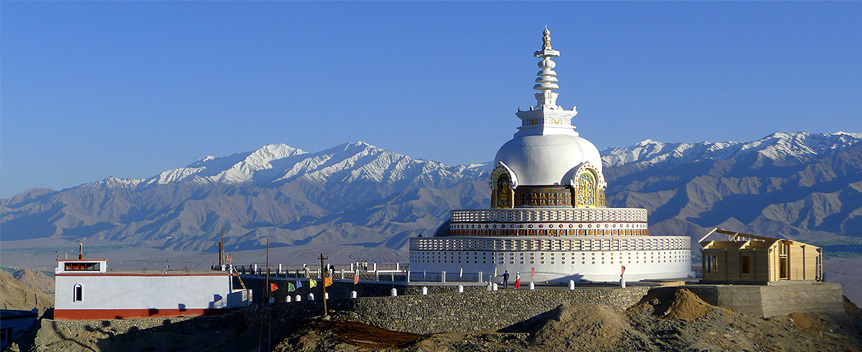The Nepali dialect was initially called Khaskura (dialect of the Khas―rice agriculturists of Nepal's western slopes). Later, it was called Parbatiya (dialect of the general population of the slopes), and still later, as Gorkhali (dialect of the Gorkhas). Despite the fact that Nepal had 11 million local speakers of the Nepali dialect according to Census 2001, it is talked by many individuals of Nepali source around the world. For instance, 2.9 million Indians of Nepali birthplace communicate in Nepali as per India Census 2001. In any case, since there are more than100 ethnicities in Nepal, there are 92 different dialects also (in addition to one specified as 'obscure', as indicated by Nepal Census 2001.
Nepal's dialects can be partitioned by: Indo-Aryan, Tibeto-Burman, Mongolian, and indigenous. As indicated by one study (Linguistic Surveys in Nepal: A Glimpse, Dan Raj Regmi), the Tibeto-Burman dialect family including 57 dialects is the biggest as far as number of dialects while Indo-Aryan dialect family, however having 17 dialects, is the biggest as far as number of speakers.
Significant Nepal dialects (Nepal Census 2001)
Dialect talked % of populace
Nepali 48.61% Maithili 12.3% Bhojpuri 7.53% Tharu 5.86%
Tamang 5.19% Newari 3.63% Magar 3.39% Awadhi 2.47%
Bantawa 1.63% Gurung 1.49% Limbu 1.47% Bajika 1.05%
Maithili: It is utilized as a part of south-eastern Terai: primarily Janakpur, Sagarmatha and Koshi Zones. It is additionally the essential dialect 12.18 million Indians of Bihar, Jharkhand and parts of West Bengal.
Bhojpuri: It is talked in southern Nepal: Rautahat, Bara, Parsa, Chitwan, Nawalparasi and Rupandehi regions. It is additionally a noteworthy dialect of India: particularly of Bihar, Jharkhand and Uttar Pradesh.
Tharu: It has distinctive lingos affected by neighboring Indian dialects. Western Nepal's 'Dangaura', "Kathoriya" and 'Rana', are variations of Urdu and Awadhi of Uttar Pradesh and "Chitwania" is a variation of Bhojpuri while "Kochila" is a variation of Maithili in eastern Nepal.
Tamang: There are five lingos: eastern Tamang, northwestern Tamang, southwestern Tamang, eastern Gorkha Tamang, and western Tamang. It is talked in Sindhupalchowk, Rasuwa, Lalitpur, Dhading, Makwanpur, Nuwakot, Ramechhap, Dolakha, Chitwan and Kavreplanchowk locale.
Nepal Bhasa: It is the dialect of the Newars of Kathmandu Valley. The primary unique book in this dialect is an account called 'Gopalraj Banshawali' while the most seasoned book, "Haramekhala" (1374 AD), is an interpretation.
Magar Kura: Magar Kura is the dialect of the Magars and is talked in the western, mid-western and eastern slopes. The script is known as 'Akha Lip'".The Kham Magar of the far western regions talk the Kham Magar dialect while the Magars of Dolpa District speak Tarali or Kaike vernaculars.
Awadhi: The significant dialect of focal Uttar Pradesh in India, Awadhi is talked in Lumbini, Rapti and Bheri Zones of Nepal.
Bantawa: A part of the Kiranti gathering of dialects, it is ordered into eastern Bantawa (Dhankuta), western Bantawa (Amchoke, Sorung, Saharaja), northern Bantawa (Dilpali, Rungchenbung, Yangma) and southern Bantawa (Hatuwali, Hangkhim). It is talked by the Rais of Nepal's eastern slopes.
Gurung: Gurung,or Tamu Kyi, is talked in two tongues, eastern Gurung and western Gurung and talked by the Gurungs who possess the Western Development Region of Nepal.
Limbu: Its script is known as Sirijangga and it is one of the two dozen Kiranti dialects with four principle vernaculars: Panchthare, Phedape, Chatthare and Taplejunge. The Limbus, who live in the eastern slopes, call themselves Yakthumbas and their dialect as Yakthungpan,.
Bajjika: People living in Sarlahi and Rauthat areas of Nepal's Terai talk the dialect. A Bihari dialect, it serves as a move amongst Bhojpuri and Maithili.
Numerous Nepali dialects are presently jeopardized and as indicated by a study (Linguistic Surveys in Nepal: A Glimpse, Dan Raj Regmi) just 18.47% (17) of the aggregate dialects have been arranged as sheltered dialects and 16.30% (15) dialects are practically protected while 23.91% (22) are imperiled with 12 in the genuine classification.

Post a Comment